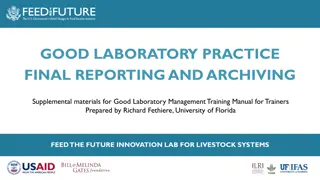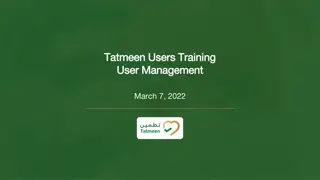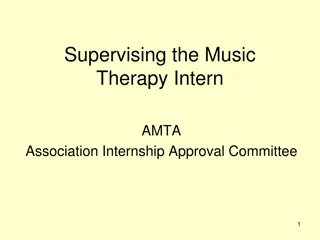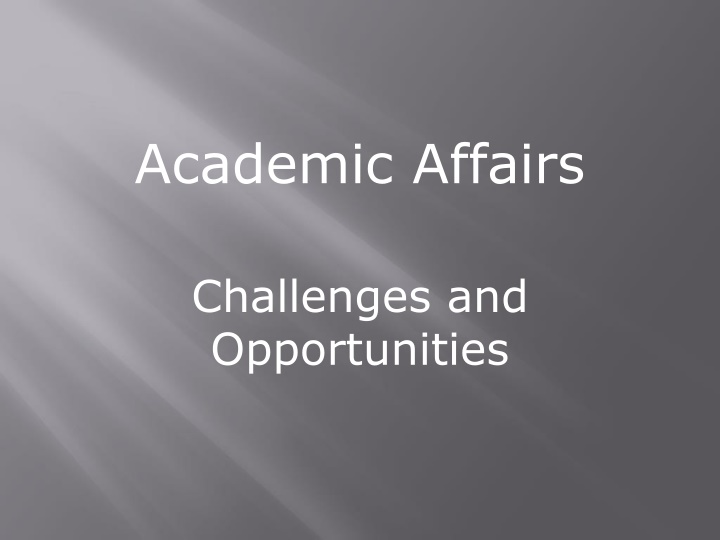
Challenges and Opportunities in Academic Affairs
Explore the challenges and opportunities faced by academic institutions in meeting the increasing demand for post-secondary education. Public colleges and universities are constrained by limited resources and face financial gaps, requiring innovative approaches to increase revenue streams, enhance capacity, and reduce costs of delivery.
Download Presentation

Please find below an Image/Link to download the presentation.
The content on the website is provided AS IS for your information and personal use only. It may not be sold, licensed, or shared on other websites without obtaining consent from the author. If you encounter any issues during the download, it is possible that the publisher has removed the file from their server.
You are allowed to download the files provided on this website for personal or commercial use, subject to the condition that they are used lawfully. All files are the property of their respective owners.
The content on the website is provided AS IS for your information and personal use only. It may not be sold, licensed, or shared on other websites without obtaining consent from the author.
E N D
Presentation Transcript
Academic Affairs Challenges and Opportunities
More people than ever are seeking post-secondary education Public colleges and universities are drawing from the same tax dollars as human and social services (state support is lowest in 25 years) None of those institutions is able to reduce services proportionately to need need typically is larger than supply of service
Public colleges and universities are limited by market and government to small fee increases Much of the infrastructure cannot be changed and some will have unpredictable cost increases (e.g., utilities) Delivery of educational experiences has few efficiencies (e.g., number of credits required for degree) Institutions face an income gap or cost/revenue gap
Increase revenue streams (i.e., degree or certificate programs) Increase capacity (i.e., enlarge class capacity) Reduce cost of delivery -pedagogy -instructors Modify programs End delivery of programs
Beginning new programs requires up-front investment (e.g., new motion arts degree) and deferred return Increasing capacity is more effective in some classes vs. others (e.g., chemistry lab compared to lecture in World Civilization) Some modes of delivery (on-line or hybrid) can effectively reach new groups of students Modifying programs can reduce scope of a student s options and therefore costs associated with degree
Reducing cost of delivery includes a range of options -melding lower enrolled classes -increasing class size -delivery of content in hybridized format Indecision is like a stepchild: if he does not wash his hands, he is called dirty, if he does, he is wasting water. African Proverb What's called a difficult decision is a difficult decision because either way you go there are penalties. Elia Kazan It's not hard to make decisions when you know what your values are. Roy Disney
Western Oregon University offers exemplary undergraduate and graduate programs in a supportive and rigorous learning environment. Oregon s oldest public university, WOU works to ensure the success of students and the advancement of knowledge as a service to Oregon and the region. The University works in partnership with PK-12 schools, community colleges, higher education institutions, government, and local and global communities.
Western Oregon University is a comprehensive public university, operating for the public good, which: -Provides effective learning opportunities that prepare students for a fulfilling life in a global society; -Supports an accessible and diverse campus community; and, -Improves continuously the educational, financial, and environmental sustainability.
Effective Learning Supports Diversity Sustainable Institution
The group will take options from faculty, staff and members of the campus community to determine: Are the WOU mission and core themes upheld? Is the option feasible? Will the option make a measurable difference in reducing costs or increasing revenue How quickly can the option be operational? Who can take leadership in operationalizing? Are there other options? 1. 2. 3. 4. 5. 6.
Academic Deans Registrar Associate Provost, SPOC Chair Director of Academic Advising and Learning Center President of Faculty Senate Chair, Senate Curriculum Committee Director of Budget
Academic Deans Steve Scheck Hilda Rosselli
Associate Provost Registrar Nancy France Dave McDonald
President Faculty Senate Director, AALC Karen Sullivan-Vance Gavin Keulks
Director of Budget and Payroll Chair, Faculty Senate Curriculum Committee Eric Yahnke Tad Shannon
Can lower division LACC classes be increased to large lecture format with break out discussion sessions? -Could Peer Led Team Learning be utilized? -Could Teaching Education pre-service majors be utilized as teaching assistants? Can schedules be reconfigured to economize space and to accommodate above? Can the total credits for a bachelor s degree be amended? Can we reduce the number of electives choices? What other ideas come up during consideration.

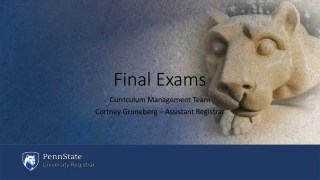
![READ⚡[PDF]✔ Yup I'm Dead...Now What? The Deluxe Edition: A Guide to My Life Info](/thumb/20463/read-pdf-yup-i-m-dead-now-what-the-deluxe-edition-a-guide-to-my-life-info.jpg)



